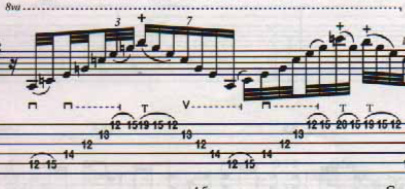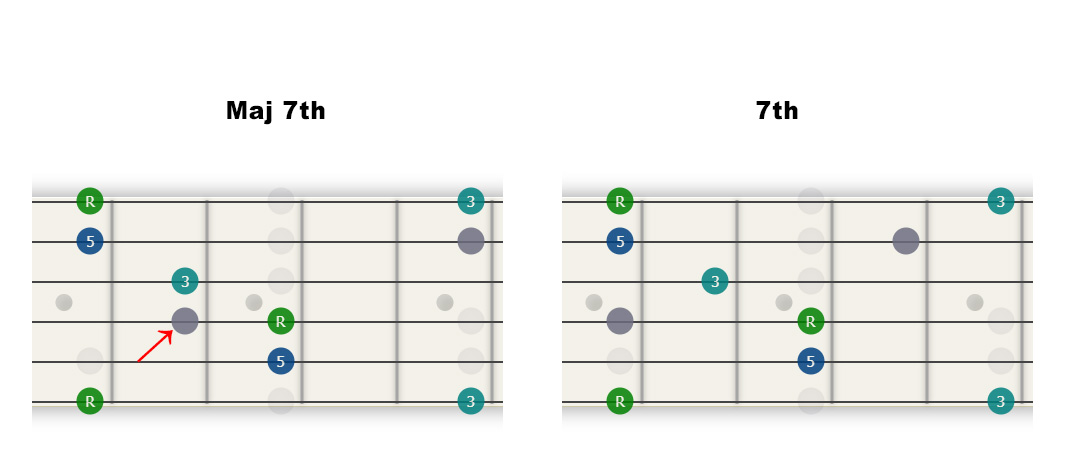Hello, just curious if people still struggle with rolling the left hand and muting the strings with right and left hands with the classic six string minor barshaped arpeggios, or if you have conquered it, if you can post video examples and detailed descriptions of how they broke it up and practiced it…rolling and twisting fingers for the barre sections on the 5th and 4th strings, and on the 3rd, 2nd, 1st strings. What about muting with the left and right hands to keep them clean. Do you practice with a clean tone or distortion. I have been trying to get it down for a long time without success.
Thank You






